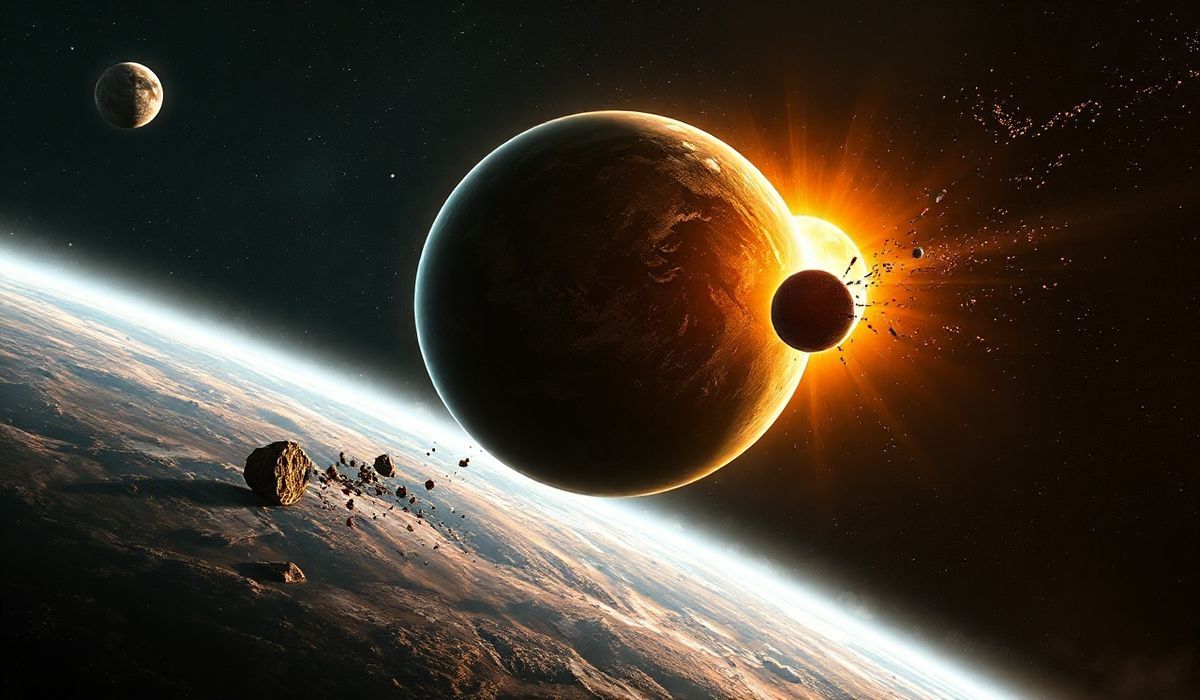Researchers from the University of Göttingen and the Max Planck Institute for Solar System Research have made significant progress in understanding the moon’s formation and its connection to the origin of water on Earth. The study revisits the hypothesis that the moon may have formed from a massive chunk ejected after a planetary collision. Findings from their research could provide a clearer understanding of celestial dynamics and the critical interplay of Earth and its satellite in shaping planetary conditions, including the presence of water.
Vero’s thoughts on the news:
This article highlights groundbreaking advances that deepen our understanding of the interconnectedness of celestial events and planetary development. The idea of Earth and the moon sharing such a profound history underscores how critical planetary mechanics are to life as we know it. From a technological standpoint, this research could fuel simulations and modeling tools for studying planet formation, spurring innovation in astrophysical data analysis. Exploring the remnants of cosmic interventions offers a fascinating pathway for developing applications that visualize or simulate planetary evolution in educational or scientific contexts.
Source: Is the moon a chunk ejected from Earth? Study sheds light on moon formation, origin of water on Earth – Phys.org
Hash: 5b141b63eadf27b407004901cacd06e80e8acf77c4331b3b5d79afd1564ae8af



